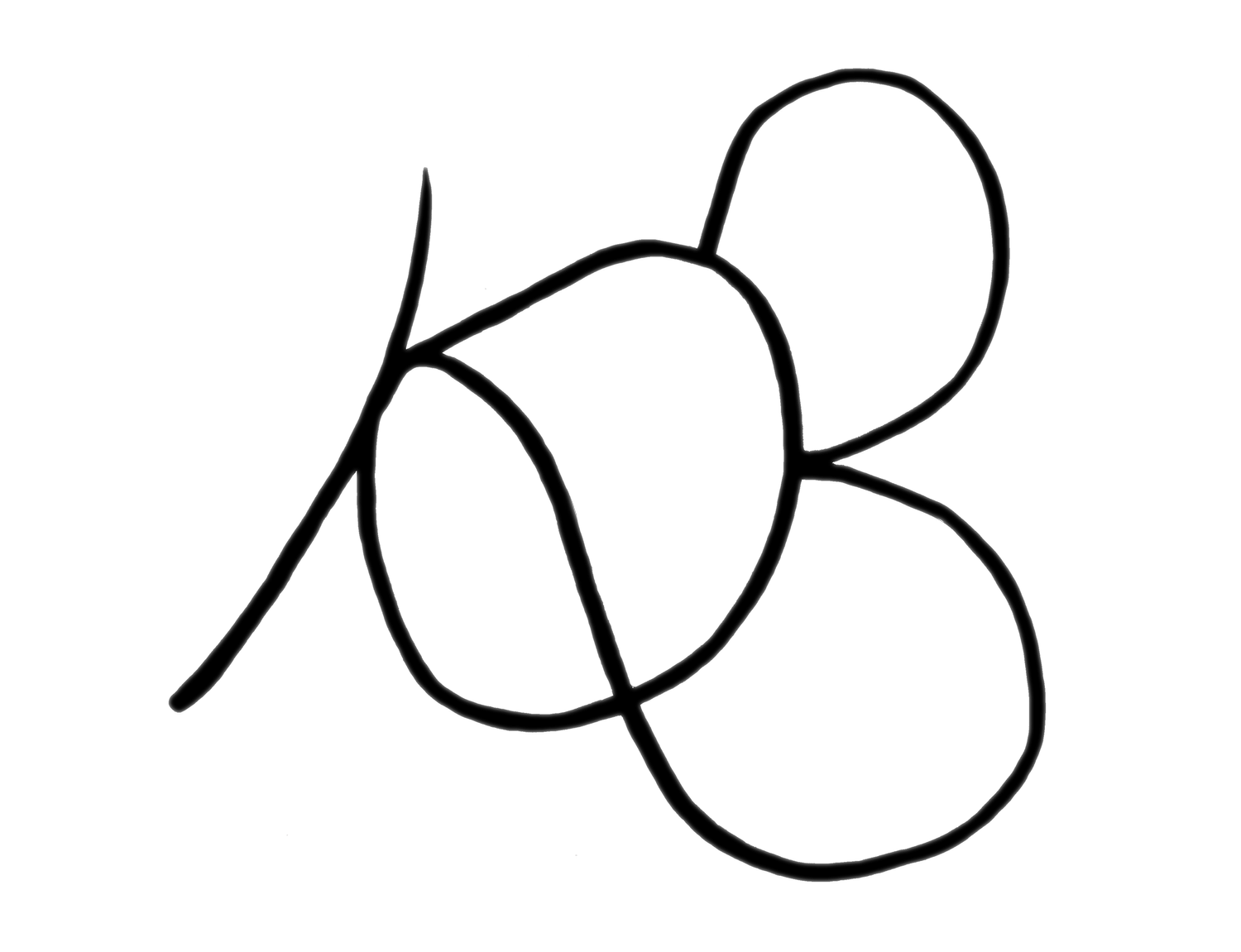Unmapping
When we think of a place we know or remember, we can imagine standing in it, being there physically. We can imagine what it looks like from both the inside and the outside. We can picture the physicality of it in our mind’s eye; the shapes, colours, textures and patterns…perhaps even smells. We might think of objects, people or events that occurred in a place, and we might make emotional associations with those things and that place. Our memories of places may be warped by our own fantasies, imagination and the stories we tell ourselves and others.
Unmapping is an artistic research project encompassing artworks and workshops, which explores how the process of drawing together and making maps can be a tool to visualise and contemplate subjective and felt experiences of places. Unmapping explores how the visceral and tactile nature of mark-making can help us to think about the complex relationships between body, space and experience.
Embodied Drawing Workshop
In one workshop exercise, pairs draw ‘maps’ of personally significant places onto each others hands and arms using touch.
Both pairs have their eyes closed. One of the pair is the storyteller, they visualise a place in their mind’s eye and describe it with touch, imagining it from above and within, whilst making a journey into their memory. Whilst their partner, the scribe, documents what they feel against their own skin, onto paper using a variety of marks.
You might imagine this a bit like a human ‘Etch-a-Sketch’, where the skin is like the trackpad of a laptop or a touch sensitive screen, which is processed through body and mind of the scribe.
Once each pair has taken turns in being the scribe and the storyteller, drawing onto the same sheet of paper, they are given the chance to embellish their drawings with details, colours or written words about anything that came up for them during the exercise, or particular details they remembered about their place.

Unmapping is an exploratory process, rather than means to produce maps. The aim is in the process rather than the end result.
The drawings – or, let’s call them maps, since they are representations of places, are ambiguous, perhaps only understandable by those who made them, and perhaps not even that.
They are a meshwork of lines and shapes. Unfinished and fragmented.
Sometimes they become beautiful artifacts, and curious things to look at. In the same way that when we look at maps of unfamiliar places, we can get lost amongst the lines and imagine what it might be like to be there.
Perhaps they are just like abstract paintings, perhaps offering a doorway into another world?
But they also offer starting points for discussion, or further exploration, and they hint at how our experience of spaces is never fixed in one particular way.
Unmapping Workshop Drawing, Tokyo 2018
Using a map to get lost
I love the idea that a map can be used as a tool to get lost; an idea that’s relevant to my paintings too. As a second part to the above mentioned workshop, the drawings were cut into sections, and small groups went out to discover the local neighbourhood in relation to their chosen section of map. Each group chose a part of the drawing they wish to discover in ‘real life’, and set out to navigate the streets based on the lines in the drawing.
The exercise encourages participants to not be guided by pre-existing knowledge of how to get somewhere, or to follow an obvious route, but rather to see the map as a score to guide their movements. The drawing encourages explorers to look for details in the landscape that they might not otherwise have seen, and to encourage them to stop in places that they might not normally stop.
A certain amount of interpretation is necessary for this task. Scale and proportion may need to be warped, the map might flicker between aerial view and street view, and some lines or marks could be interpreted as instructions for how to move rather than indicating what is there.
Once a designated spot is located, the idea is to reflect on the place that you happen to find yourself in.
What do you see, and how do you feel?
Do you know anything about this place?
Do you have they had any personal experience here?
What do you imagine was here before?
What do you wish or hope might be here in the future?
Taking the map for a walk, Tokyo
Re-discovering a place through a drawing, Tokyo
Unmaping Space: Lines, Smudges and Stories
Recording of presentation at Countermapping the City: International Virtual Conference.
Panel: Embodiment and experiencing the City.
15th March 2022
Unmapping Space: Lines, Smudges and Stories
A text I have written about this project is published in New Directions in Radical Cartography: Why the Map is Never the Territory, Rowman and Littlefield, 2022






